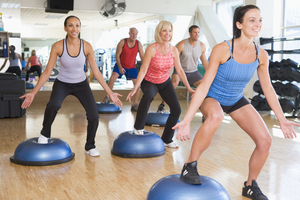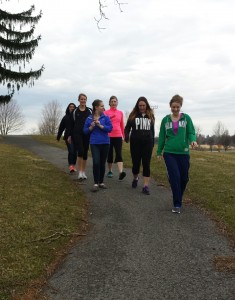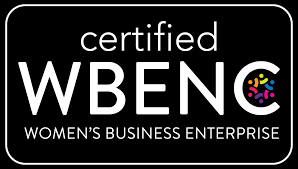Source: National Wellness Institute
For many people, along with the new year come New Year’s resolutions and wellness is usually at the top of the list. There are many traditional resolutions like losing weight and quitting smoking, which are completely noble and admirable. For those among us who are already relatively fit and don’t have glaring unhealthy habits to break, here are some potential resolutions to improve your wellness in 2016:
1. Eat your greens (and oranges, reds, blues…)
There’s much more to nutrition than maintaining a healthy body weight, but satisfying and healthy foods in winter can be hard to come by. Make it a point to make sure you have a rainbow of colors on your plate as you start off your new year, not just the browns, yellows and oranges of winter stews. And no – M&M’s don’t count.
2. Bring a buddy on board
If you’re in a good place, wellness-wise, perhaps the next phase in your wellness journey is to pull a partner in with you. Perhaps you have a spouse, partner, relative or close friend who you wish would improve his or her wellness habits. Try to gently coax them toward the path of wellness. Just remember that subtlety is important here. Try inviting them to wellness by saying things like: “Would you be interested in taking for a walk with me?” or “How about you come over to my place for dinner tonight?” That tactic will work far better than saying something like: “I was thinking you should lose some weight.”
3. Learn something new skill
At NWI, we emphasize the six dimensions of wellness, of which “physical wellness” is only one. If you’re in great physical shape, perhaps it’s time to focus on a new dimension of wellness, like intellectual wellness. Try picking a new skill you’d like to learn and set aside time daily or weekly to improve yourself. Make sure to pick a long-term skill, like playing an instrument, painting, or learning a language, for example, that you won’t be able to master in a matter of days. You’ll have a new outlet for the rest of the year, and potentially for years to come!
4. Get involved and improve social wellness
When we get into our work/exercise/eat/sleep routines it can be difficult to find extra time for anything else. To be a wholly well person, however, we have to develop our social wellness, also (outside of our work relationships). A new year might be a great time to get into a book club, volunteer organization, or rec-league sport so that you can make some new connections and become part of a new community.
5. Break out of your exercise rut
Along the same lines as “learn a new skill” and “get involved” is the idea of breaking out of your exercise rut. If you’re a person who is known as “the one who listens to podcasts on the third treadmill from the left,” then it may be time to try something new. Try joining a rec-league team sport that’s new to you, like ultimate Frisbee, curling, or flag football, to meet new people, get a different type of workout, and gain a new perspective on what exercise can be.
6. Strengthen your bonds
Creating an emotional connection with others can sometimes be easy and quick, and other times take effort and time. Over time, emotional connections can erode. Make an effort, even setting reminders for yourself, if you have to, to re-strengthen the emotional connections you have with those you hold dear. Spouses, partners, parents, children, and close friends will appreciate hearing that you care about them, think of them, and appreciate their presence in your life.
7. Take a class
Formatted learning is a habit that many of us fall out of after we leave school. Pick a subject you care about, and sign up for a class in 2016. The old habits of reading, listening, and studying will come back. This will force you to take a break from work, learn something new, and schedule a set amount of time for yourself every week. Bonus: You may meet some new people with similar interests!
8. Improve your work/life balance
This is a difficult resolution for many in today’s work environment to implement, but you can improve your work/life balance in 2016. Schedule time for yourself and for your family so that work can’t take over. Go so far as to put it into your work calendar so your coworkers know that time is spoken for. The hardest part may be to get yourself to recognize that “Not Work Time” is not for doing work.
9. Get spiritual
The spiritual aspect of wellness is one that tends to get ignored. Regardless of what you believe, or don’t believe, 2016 can be a new start to figure out your relationship to the universe and the world around you. To improve your spiritual wellness this year, get involved with your religious organization, attend your regular services, or even take up mindfulness meditation.
10. Volunteer
There is not much that makes us feel better than giving back. You can improve your emotional and social wellness, as well as your community, by finding a volunteer organization you care about and donating your time. You’ll make a positive impact on other peoples’ lives, and the good feelings you get back will be more than worth it.
Those are ten suggestions for new year’s resolutions to improve your wellness. What resolutions have you made? How will you be improving your wellness in 2016?














